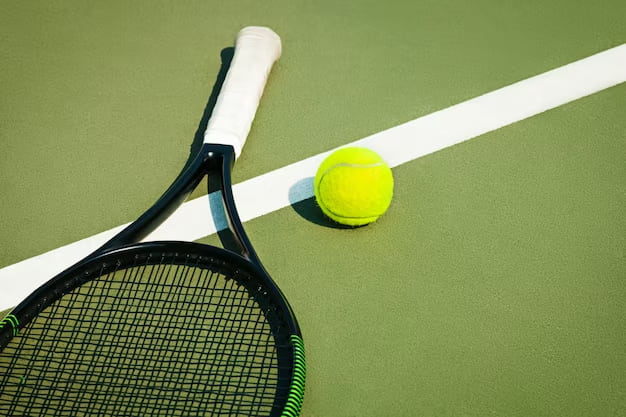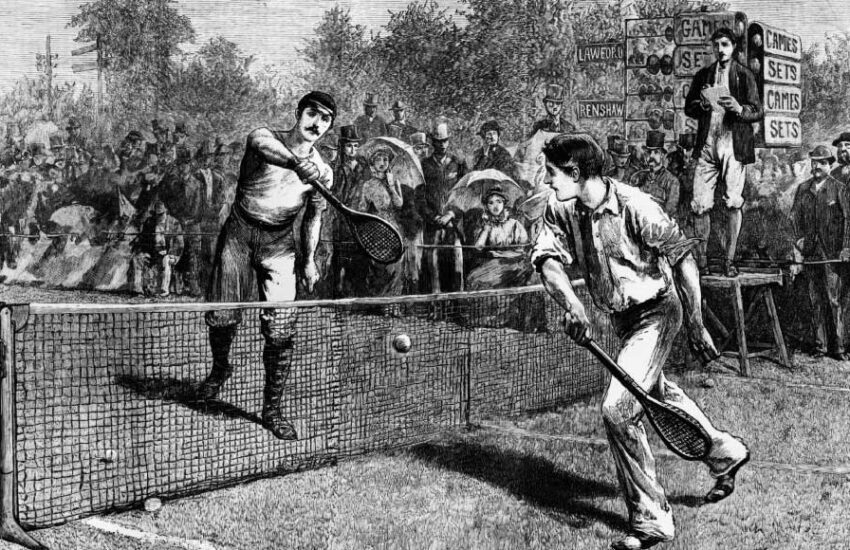Introduction to Choosing the Right Tennis Racket
Selecting an appropriate tennis racket can be overwhelming due to the plethora of options available. This guide aims to simplify the process for both new and seasoned players by providing insights into selecting a racket that complements your skill level and playing style.
Key Considerations for Racket Selection
When choosing a tennis racket, consider head size, weight, and string pattern. These elements significantly influence your control over shots and the power you can exert in gameplay. Understanding how these factors work in tandem can help you make an informed decision that enhances your performance on the court.
Racket Choices for Beginner Players
For beginners, a mid-range racket that supports skill development is advisable. These rackets typically feature an oversized head and a lightweight frame, providing beginners with the ease of making consistent contact with the ball and reducing arm fatigue as they adapt to the game.
Recommendations for Intermediate Players
As players progress and develop stronger muscles, transitioning to a racket with a mid-plus head size can offer a balance of power and control. This change aids in refining techniques and prepares players for eventually handling a more precise, midsize racket.
Selecting Rackets for Advanced Players
Advanced players should opt for mid-size rackets, which offer optimal control, feel, and accuracy. These rackets facilitate consistent shot placement and speed, capitalizing on the player’s developed muscle memory and skill in hitting the ball accurately.
Renowned Tennis Racket Brands
Several brands dominate the tennis market, with professionals often favoring brands like Head, Babolat, Wilson, Dunlop, and Prince. These brands cater to all skill levels with a range of rackets, providing options for every player.
Additional Factors in Racket Selection
When selecting a racket, consider consulting a tennis professional or experienced player. They can offer personalized advice based on your swing type, playing style, and physical attributes. This tailored approach can significantly influence the effectiveness of your racket choice.
Bullet Points: Quick Tips for Racket Selection
- Beginners: Look for an oversized head and lightweight frame;
- Intermediate Players: Choose a mid-plus head for balanced control;
- Advanced Players: Opt for a midsize head for precision;
- Consult Professionals: Get advice based on your playing style and swing.
Comparative Table: Tennis Rackets by Player Level
| Skill Level | Head Size | Weight | Ideal For |
|---|---|---|---|
| Beginner | Oversized | Lightweight | Ease of use, learning |
| Intermediate | Midplus | Medium | Balanced power and control |
| Advanced | Midsize | Heavier | Precision and accuracy |
Understanding the Tennis Volley
The tennis volley, a crucial technique in the game, involves hitting the ball before it bounces on the court. Executed near the net, the volley requires precise timing and swift movement. There are two main types of volleys:
- Forehand Volley: Hit on the same side as the racket-holding hand, used for aggressive and quick returns;
- Backhand Volley: Hit on the opposite side of the racket-holding hand, used for defensive plays and control.
Seeking Professional Advice for Racket Choice
A HIPAA-certified tennis professional can assess your swing speed and style of play, guiding you toward a racket that complements your natural abilities. Whether you have a fast or slow swing, your racket choice can either add power or provide greater control.
Conclusion
Choosing the right tennis racket is essential for enhancing your game. By considering your skill level, and playing style, and seeking expert advice, you can find a racket that not only improves your performance but also makes the game more enjoyable.



